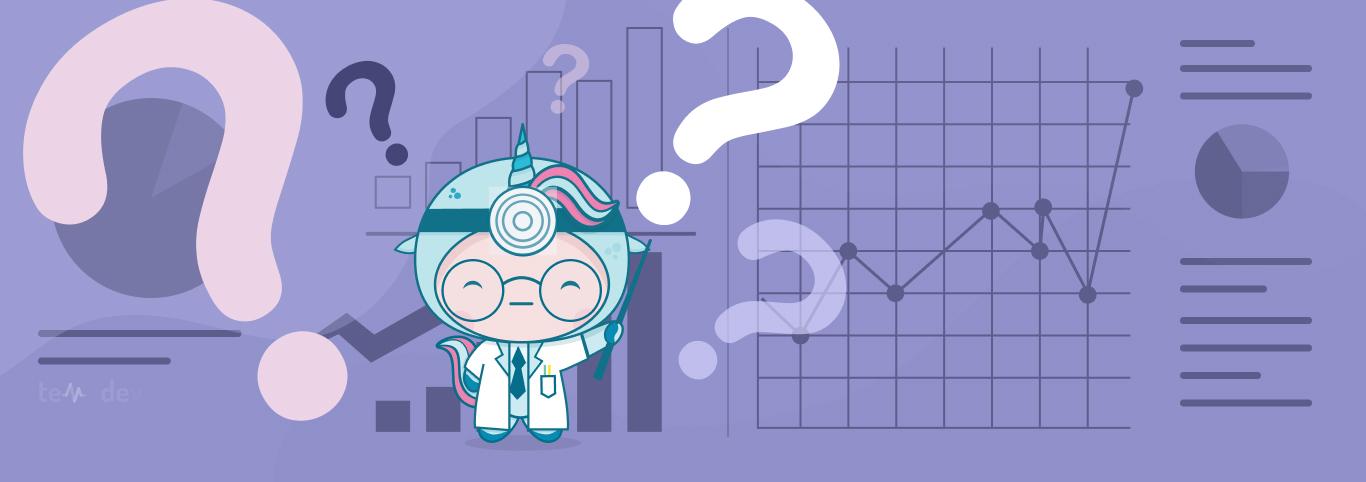
Related articles:
The Role of AI in Healthcare Transformation: Healthcare AI for C-Suite Executives
Read Article7 Ways to Improve the Patient Experience When Faced with Appointment Overflow
Read ArticleOvercoming Implementation Challenges: Best Practices for Integrating AI in Healthcare Organizations
Read ArticleWhich word should you be using, EHR vs EMR? Along with many other advances in the healthcare industry, digital health records have replaced paperwork. Electronic health records (EHR) and electronic medical records (EMR) are both digital paper charts that healthcare practitioners maintain, but they have clear differences. The nuances of EHR vs. EMR can bother you when choosing a technology solution for your healthcare practice. The following can help you understand their differences.
What is an EMR?
An EMR contains the medical history, diagnoses, and treatments of a patient. A medical practitioner at his/her practice or individual healthcare institutions record such data during every patient visit for their exclusive use.
What is an EHR?
An EHR also contains patient information, such as symptoms, history of present illness (HPI), prescriptions and treatments. However, it is a more comprehensive digital record. Apart from the information in EMRs, EHRs also have demographic data, insurance information, lab results, prior authorizations, and even data from personal wearable devices.
Causes for Confusion Between EHR vs EMR
EHR & EMR are often used interchangeably because they have similar characteristics. They also have a common goal—digitalizing health information for the benefit of patients and healthcare providers.
Some healthcare providers and patients still use EMR when discussing the health IT system clinicians use to treat patients. Some software companies also still brand their EHR products as EMRs so as not to confuse their long-time customers.
All this adds to the general confusion between the two.
Differences Between EHR vs EMR
The blog run by the Office of the National Coordinator for Health Information Technology (ONC) differentiates EHRs and EMRs according to the meanings of the terms 'medical' and 'health'. While ‘medical’ implies simple diagnosis and treatment, ‘health’ indicates an all-inclusive, holistic view of a patient’s condition.
Usage
EMRs are electronic patient charts used by clinicians associated with a single healthcare establishment. Their scope does not go beyond diagnosis and treatment information.
EHRs focus on patients’ total health, which means they provide in-depth data across a patient’s medical history from a variety of sources. They also try to ensure that all subsequent efforts, such as specialist consultations, concentrate on a patient’s overall wellness.
Benefits
EMRs have the following advantages:
Ability to track and record changes in patients’ health.
Clarity, because they do not have illegible handwritten notes.
Faster identification of patients due for checkups.
Easy monitoring and improvement of a healthcare setting’s overall quality of care.
EHRs have the following benefits:
A complete picture of the patient’s journey, ranging from symptoms, diagnoses, treatments to referrals and insurance.
Healthcare interoperability or the secure access, exchange, and use of electronic health information. For example, NextGen EHR, one of the strongest ambulatory EHRs on the market, makes interoperability one of its main priorities.
Fast and easy access to a wider range of updated, real-time patient information for all healthcare providers involved.
Coordinated, effective care—accurate diagnoses, lesser medical errors, seamless referrals, etc.
Compliance with meaningful use standards mandated by the Centers for Medicare & Medicaid Services (CMS).
Improvement of providers’ efficiency, resulting in growth and profitability.
Accessibility
EMRs are usually not shared among healthcare institutions. In other words, individual medical establishments maintain them for internal use, according to their norms and regulations. Hence, EMRs are more basic and may not meet many federal mandates. Moreover, they may have to be printed and delivered or mailed to consultants or specialists.
EHRs are shared among the many different healthcare providers a patient may meet as part of his/her treatment. Authorized users can access patient EHRs from across different healthcare providers.
The Health Information Technology for Economic and Clinical Health (HITECH) Act promotes the use of EHRs to improve patient outcomes. Similarly, the Medicare Access and CHIP Reauthorization Act (MACRA) provides incentives for the use of EHRs and certified EHR technology, such as NextGen Healthcare EHR solutions. Prior to HITECH being passed, the common vernacular was EMR and most companies branded their software as an EMR. Once HITECH passed and an EHR was required for Meaningful Use and MACRA, almost every company stopped branding as an EMR and began to exclusively use the EHR terminology.
Although they are different, EMRs and EHRs help make healthcare less expensive and more efficient. An EHR begins its journey as an EMR, when the initial healthcare provider a patient meets creates a basic electronic clinical data chart of his/her details.
As the patient’s journey progresses, it gathers more information. It helps coordinate the patient’s treatment between the subsequent providers who he/she may meet later on. EHRs are also necessary to meet the requirements for many value-based programs that your institution may be eligible for.
Given the importance of accurate and legally compliant records, choose a robust technology solution like NextGen EHR to maintain them. You may need to customize its clinical and specialty content to meet your requirements. If this seems daunting, seek help from consulting experts like TempDev, who specialize in NextGen EHR implementation.
Interested?
Agree with our point of view? Become our client!
Did you enjoy this read? Feel free to share it with your contacts.







